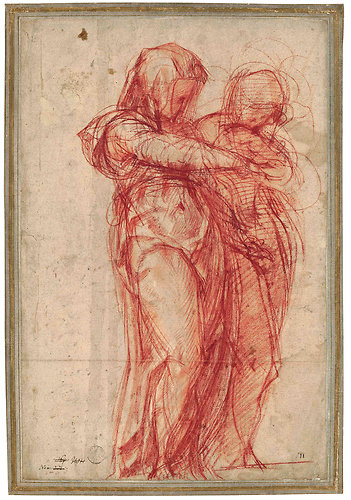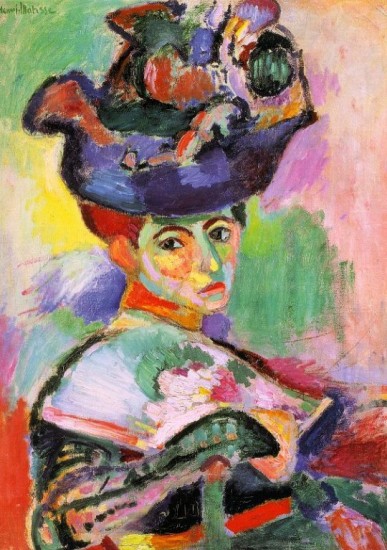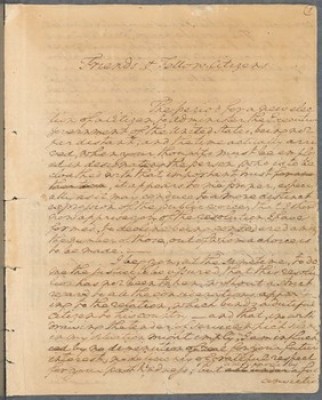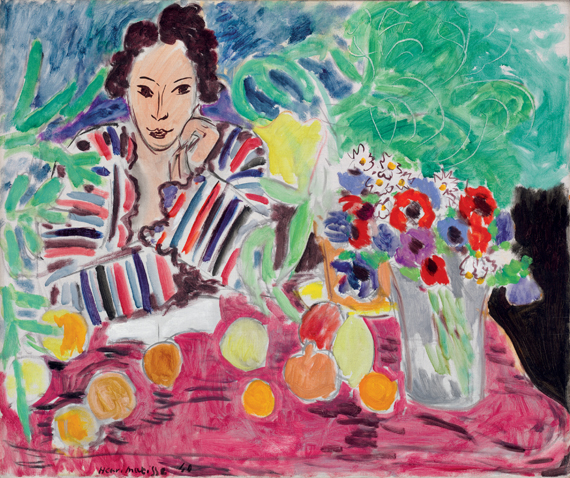
Jacopo Pontormo, “Two Standing Women,” light and dark red chalk, stumped, after 1530? (courtesy of Staatliche Graphische Sammlung Münich)
Morgan Library & Museum
225 Madison Ave. at 36th St.
Tuesday – Sunday through January 6, $10-$15 (free Friday 7:00 – 9:00)
212-685-0008
www.themorgan.org
For the 250th anniversary of Munich’s Staatliche Graphische Sammlung in 2008, the Morgan Library sent over one hundred drawings for a special show. The German museum, which has never before lent works to an American institution for a single exhibition, has now returned the favor, sending across the pond one hundred master drawings from its extensive collection. Divided into two galleries by chronology, “Dürer to de Kooning: 100 Master Drawings from Munich” is a treasure trove of exceptional pieces, many by artists rarely seen in the Morgan. The first gallery features works from Italy, Germany, Holland, and France, dating from the fifteenth to nineteenth centuries, including Jacopo Pontormo’s red chalk “Two Standing Women,” Rembrandt’s “Saskia Lying in Bed, a Woman Sitting at Her Feet,” and Albrecht Dürer’s “Portrait of Kaspar Nützel,” in addition to sheets by Raphael, Titian, Rubens, Michelangelo, and Friedrich. The modern gallery is highlighted by drawings from an unusually wide range of artists not often displayed together in the same room, from Ernst Ludwig Kirchner’s “Nude Girl in Interior” and Arnulf Rainer’s “Adalbert Stifter (Death Mask)” to Willem de Kooning’s “Standing Man” and Georg Baselitz’s “Duck Pond,” as well as works by Bruce Nauman, Franz Marc, David Hockney, Sigmar Polke, Jean Dubuffet, Max Beckmann, Larry Rivers, Georg Baselitz, Emil Nolde, Pablo Picasso, Francis Picabia, and Vincent van Gogh. Also on view at the Morgan right now are “Fantasy and Invention: Rosso Fiorentino and Sixteenth-Century Florentine Drawing,” “Beatrix Potter: The Picture Letters,” and “Happy Holidays from the Morgan!,” consisting of Charles Dickens’s original manuscript of A Christmas Carol, Truman Capote’s handwritten “A Christmas Vacation,” a letter from George Washington written at Valley Forge on Christmas Day, 1777, and other seasonal paraphernalia.




